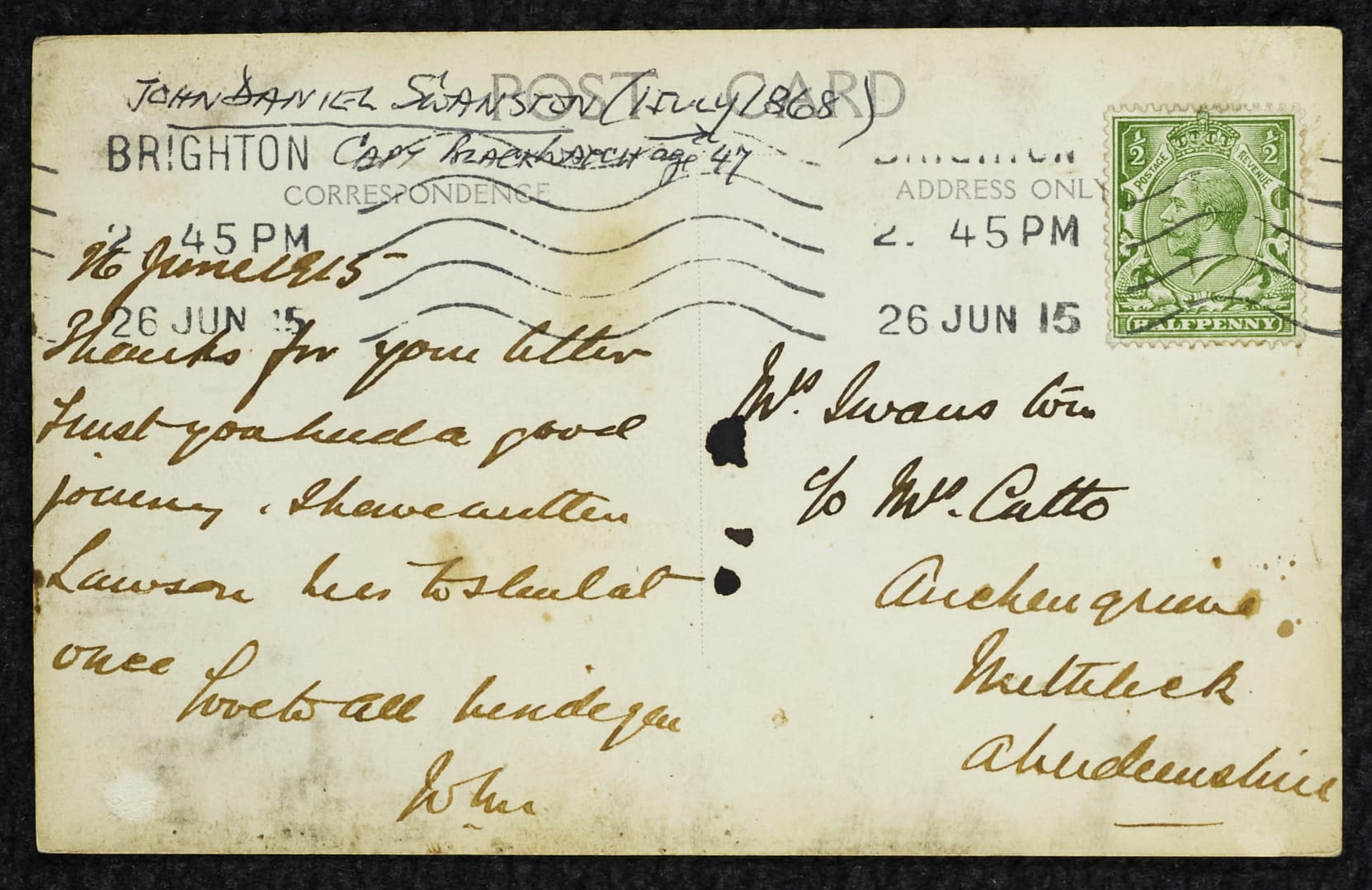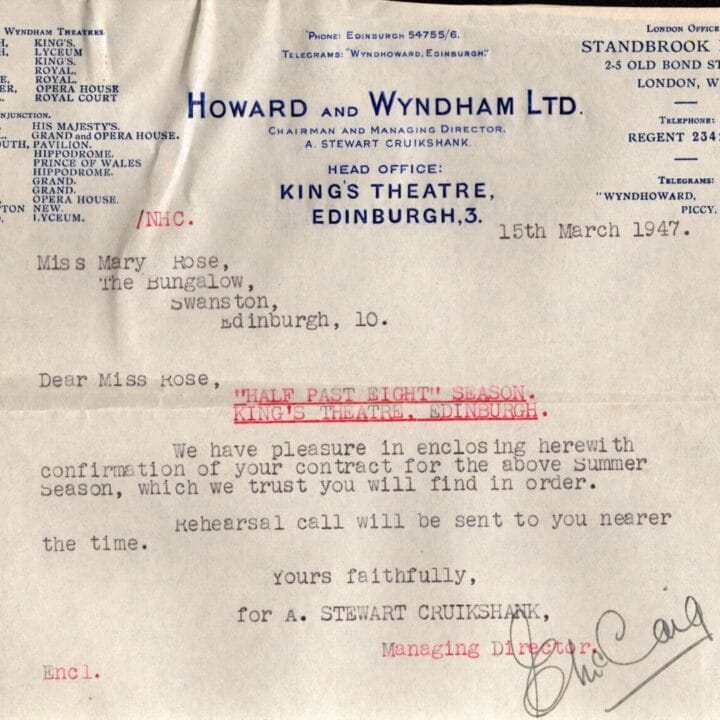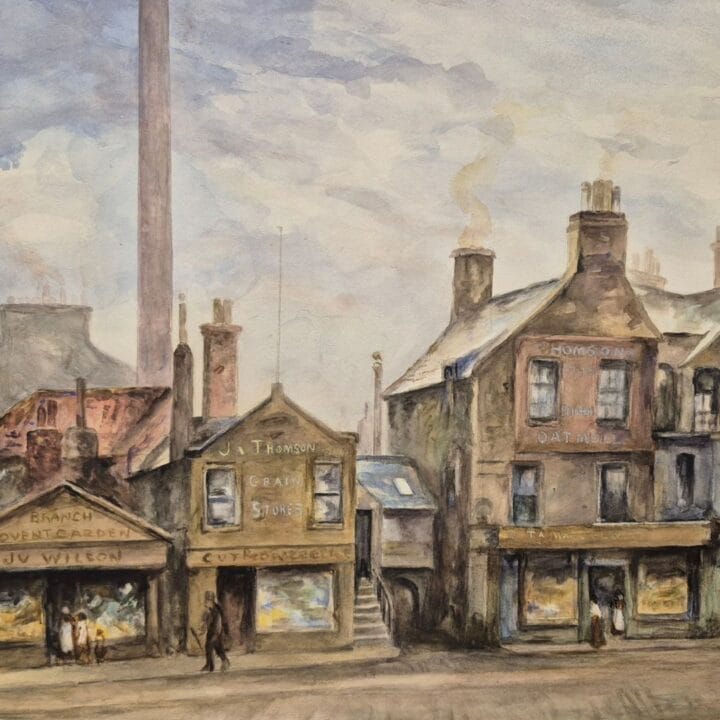A famous face laid the foundation stone at the King's, four months before it opened.
Edinburgh steels itself for a new theatre
Four months before its grand opening, the King’s Theatre marked a significant milestone with the laying of its foundation stone, an event that drew notable figures and set the stage for the theatre’s lasting place in Scottish culture. In anticipation of the King’s Theatre debuting with Cinderella, a select group of contractors, architects, directors, and the theatre’s secretary invited distinguished guests to witness a historic event. On Saturday, 18 August 1906, the foundation stone was laid in a ceremonial gathering now memorialised in our archive. While construction had actually begun in 1905, this ”foundation stone” was more of a memorial stone that would tie The King’s to another Scottish legacy.
Among the most distinguished attendees was Andrew Carnegie, Esq., LL.D., the renowned industrialist and philanthropist. Known for his pivotal role in the American steel industry at the turn of the 20th century, Carnegie’s participation lent global prestige to the occasion.
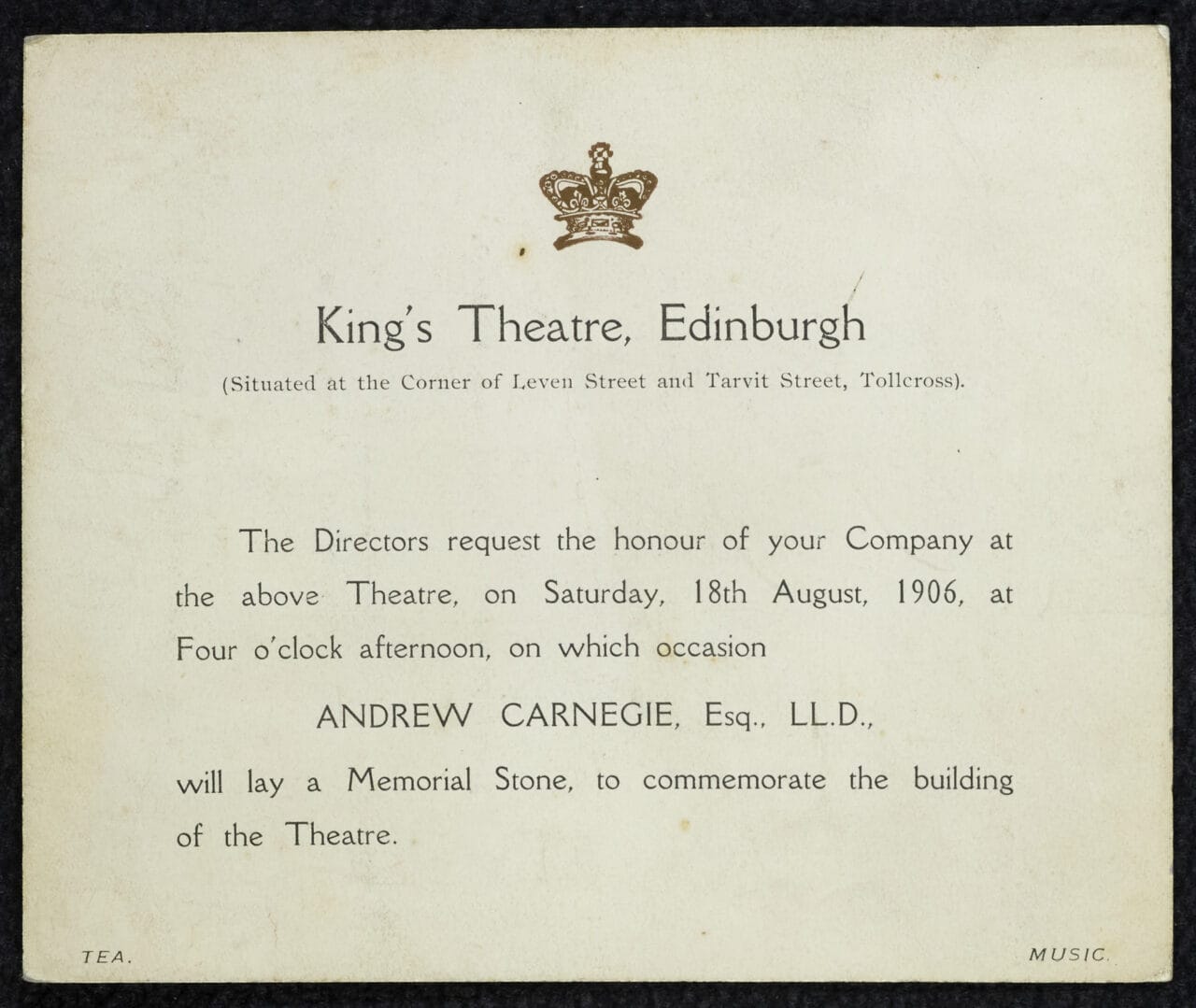
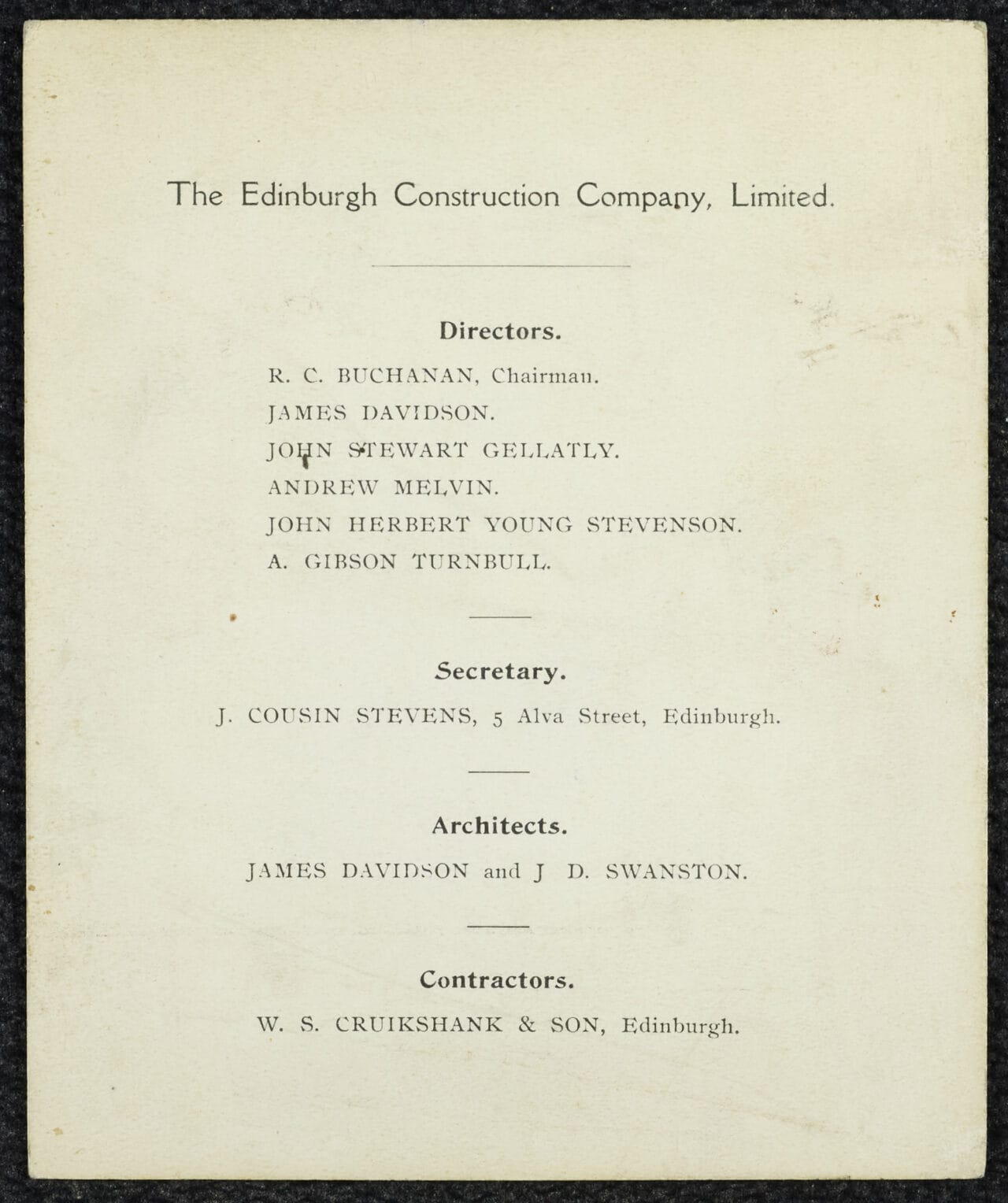
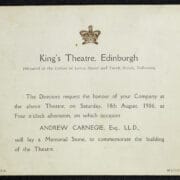
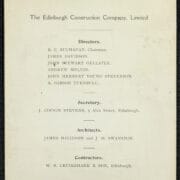
Names behind the curtain
The original invitation preserved in the People’s Archive highlights the immense cultural importance of the King’s Theatre to Edinburgh and Scotland more broadly. Alongside the ceremonial laying of the stone, guests enjoyed an afternoon of tea and music. The document features several names integral to the theatre’s creation, each playing a unique role in its legacy. Also featured is a poignant image donated by the family of J.D. Swanston, the architect, showing him in July 1868 a whole 37 years before the theatre’s construction began. This early portrait adds a human touch to the architectural vision behind the King’s.
The family of J.D. Swanston, architect, donated this postcard, showing Swanston in July 1868, 37 years before the King’s was built.




The legacy of Andrew Carnegie
Born in Dunfermline in 1835, Andrew Carnegie’s journey from poverty to immense industrial success is well-known. After immigrating to the United States in 1848, he built a steel empire before retiring in 1901 with the sale of Carnegie Steel to JP Morgan for nearly £400 million.
Carnegie’s Scottish heritage remained central to his identity. Through generous philanthropic initiatives, he invested in the future of Scotland by supporting universities, funding student aid, and championing public institutions such as libraries, scientific societies, child welfare centres, and theatres. His involvement in the King’s is a testament to his enduring belief in the power of culture and education.
Building the King’s Theatre
The People’s Archive offers a fascinating glimpse into the theatre’s development. Items such as a catalogue of decorative mouldings used in the theatre’s interior design (PA/21/2-42), and architectural drawings from the 1984 redevelopment (PA/38/3/1), help illustrate the theatre’s evolution. You can even explore the remarkable discovery of a time capsule found above the stage ceiling, an intimate connection to those who helped bring the theatre to life by clicking here.
